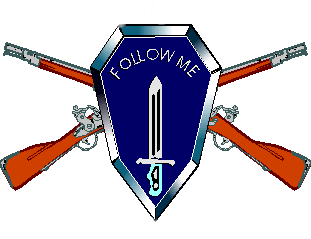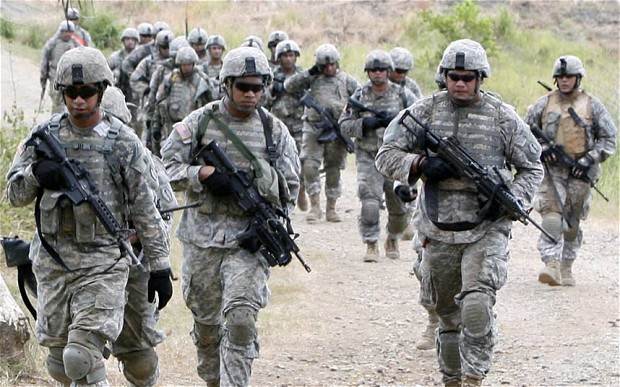
8 Step Troop Leading Procedures
8 Step Troop Leading Procedures
Current Time |
||
|
Quick Facts |

Soldiers completing a road march from the rifle range
(image source: www.speroforum.com/s/geopolitics#.VYYOwEaX_gA)
The purpose of the 8 Step Training Model is to provide a standard method for leaders to plan and execute effective training. By incorporating operational adaptability into their training plans, leaders provide more realistic training to their Soldiers
Step 1-Plan the Training |
Start with your Mission Essential Task List and unit performance. Once considered, apply your mission to the landscape of the operational enviorment. Consider all elements of the enviorment to make your training as realistic as possible (political, military, economic, social,infrastructure, and information systems). These elements help to foster an enviroment for leaders to execute Operational Adaptability in training. |
Step 2-Train the Trainers |
Ensure the unit key trainers understand the operational environment for quality training. For example, if the mission in Iraq, a quick review of the last 90 days of significant activities help to set the training stage. The trainers having knowledge of key leaders and power structure ensures realistic training. |
Step 3- Recon |
Pick a site with the as close to the geography of your mission as possible. In simulations, the virtual terrain of the actual location is ideal. If the virtual terrain is not produced, make a request for the location. Ensure unit trainers understand the terrain and weather for the region. |
Step 4- Issue the Order |
Issue the operations order to the training audience. Allow for the training unit to have ample time to create and disseminate their own operations order. |
Step 5- Rehearse |
Ensure unit trainers are aware to the training plan and sequence of events. If there are training aid relevant to the region, incorporate such factors into training. |
Step 6- Execute |
Trainers should allow for mistakes in training by subordinates. This freedom increases training effectiveness. As units improvie their skills, the training complexity should be increased. Ensuring the training reflects actuate conditions fo the operational environment will increase realism and prepare for hazards Solders will face in their mission area. |
Step 7- Evaluate |
Evaulate the effectivenes of the training against the operational enviorment. Determain what could be improved to ensure realism. |
Step 8- Retrain |
Retrain as neccessary to ensure all tasks are completed to standard. |
For a more in-depth explanation of the the 8 step troop leading procedures, see the below video on the 8 Step troop leading procedures developed by the US Army in accordance with FM 5-0, The Operations Process. This video conveys the process of the 8 steps with a virtual platoon. This is effective because the viewer can see the actual steps in action. Step 5 is particularly effective at showing a quality example of a rehearsal with the virtual platoon.
Created by Michael McCarthy
Last Updated: 21 June, 2015